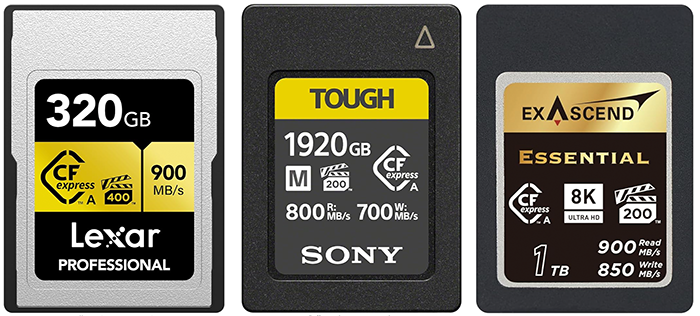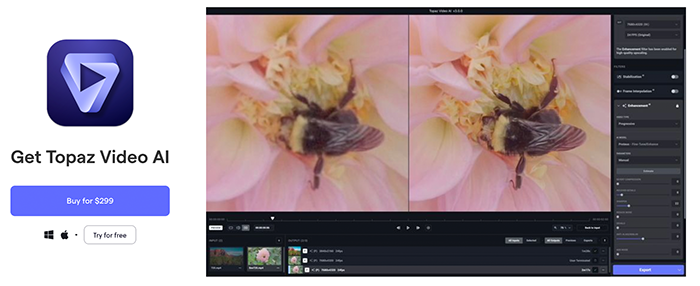Topaz Video AI v3.3 released
Topaz just released the new Video Ai 3.3 version (Click here). It has a ton of very important new features:
Enhance faces naturally
Today we’re thrilled to release Iris v1, the first face enhancement AI model designed specifically for video. Iris works best on interlaced, noisy, or compressed footage with degraded faces. After updating to Topaz Video AI v3.3 49, you can find Iris in the Enhancement filter under any Video Type:
As humans, we’re uniquely sensitive to seeing faces that look slightly off. The same methods that create believable texture on foliage, buildings, wildlife, and other subjects can often fail completely on human faces.
Face Recovery from Topaz Photo AI 3 works well on still images but often appears unnatural when applied to video. The slight differences in orientation between each frame create compounding artifacts when stitched together. In order to solve this, Iris uses information from the same face across multiple video frames to achieve significantly better quality than was previously possible:
Iris minimizes flickering, artifacts, and motion inconsistency, and as a result offers more natural and detailed face enhancement than any other video tool currently available.
Best for low-quality videos
When upscaling low-quality videos with degraded faces, Iris offers significantly clearer, more detailed, and more natural results than Proteus or Artemis.
Iris was trained to aggressively remove extreme levels of noise and degradation from low-quality videos, so it has a tendency to remove detail from higher-quality footage. We still recommend Proteus or Artemis to enhance texture and detail in higher-quality videos with larger faces.
Improve interlaced or progressive footage
Iris is designed as a flexible model for all input videos, so it works well on both interlaced and progressive footage. In fact, we’ve found that it will often produce better results than the specialized Dione deinterlacing model, even for interlaced videos without faces.
Recover original detail
Use the new “Recover Original Detail” function to intelligently blend fine texture from the source footage into the output. Find the new slider in the Enhancement filter with Iris, Proteus, or Artemis selected:
This pairs well with Iris in cases where it creates unnatural detail or overly smoothes the footage. Increasing this slider can reduce unnatural smoothness from AI enhancement, but can also bring back noise and compression artifacts. We also recommend caution when combining this with the Add Noise slider, as the noise might also show up in the output.
We hope you enjoy using Iris. Please let us know what you think and what you want to see next!
Other improvements
Since May’s update post we’ve improved on app input/output and stability:
- Audio streams with metadata are now preserved in output
- Default encoder for new installs set to H264 High
- Added DPX support
- Corrupted model files are now automatically re-downloaded
- Fixed Estimate for some image sequences
- Fixed copy ffmpeg command button
- Fixed output video preset issue
- Fixed occasional permissions issues when updating or uninstalling
- Fixed occasional importing issues and processing failures on Mac
- Max Processes now defaults to 1
- Preview frame limit increased to 900
- Failed processing now shows more specific errors
- Various UI improvements for dialog boxes, buttons, and tooltips




